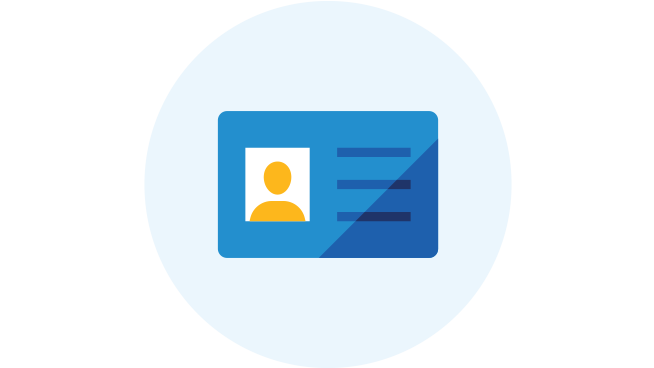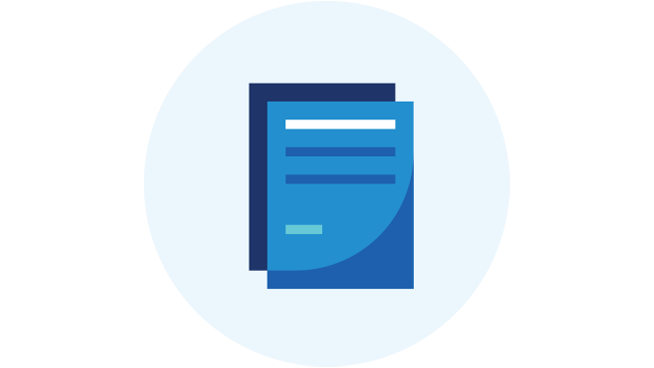Tax statements are ready
Tax Statements- Now Available
Sign in to your account above to see, download and print your statements
Not enrolled in chase.com?

See all your Chase accounts side by side, see statements, pay bills, watch neighborhood trends, see your credit score, and more.
Box 2 on IRS Form 1098

- Box 2 on IRS Form 1098 displays the principal balance of your loan as of January 1, 2024 or when Chase acquired or originated the loan in 2024.
- For HELOC accounts originated in 2024, the amount reported in Box 2 will be the amount of the first draw you take.
COVID-19 Assistance: Delayed Payments
Delayed payments under COVID-19 Assistance may impact the amount of interest you paid in 2024.
IRS Form 1098 (Mortgage Interest Statement)
IRS Forms 1099-A, 1099-C and 1099-MISC
Online tax forms
For other questions or inquiries, please call the telephone number printed on your tax statement.
 Please update your browser.
Please update your browser.